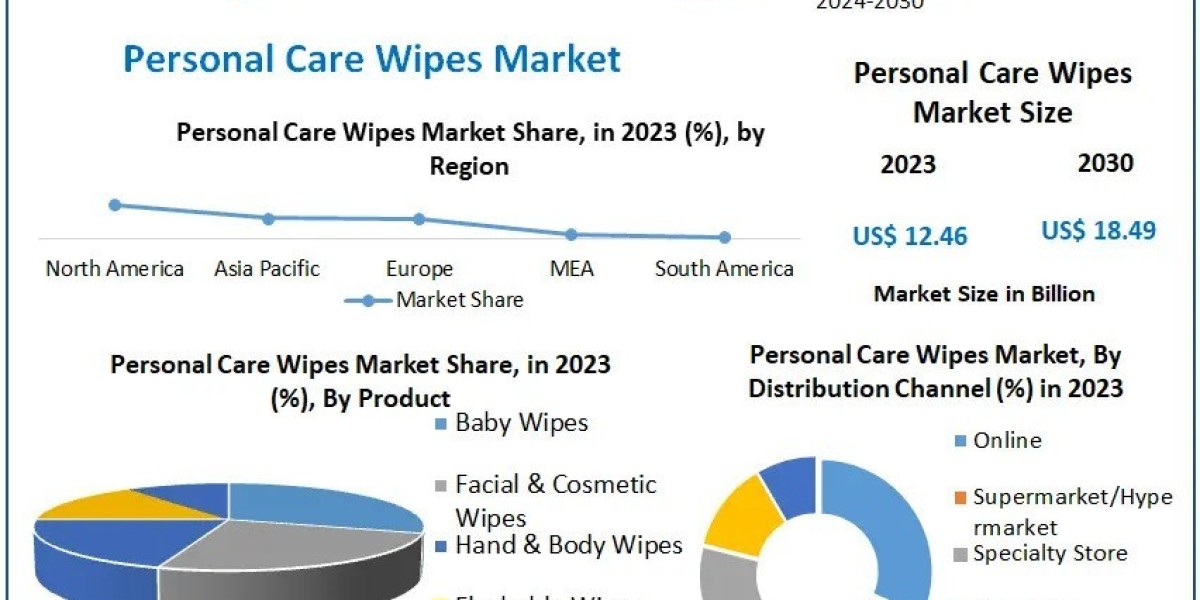Cotton, an essential commodity in the global economy, is subject to notable price fluctuations driven by a multitude of factors. Delving into the complex interplay of elements that mold cotton prices is vital for both industries and consumers. These fluctuations possess the potential to reverberate throughout various sectors, affecting supply chains, production costs, consumer prices, and ultimately, market stability. Factors such as supply and demand dynamics, weather conditions, and government policies intricately weave together to shape the trajectory of cotton prices. Understanding these intricacies empowers stakeholders to anticipate market shifts, adapt strategies accordingly, and mitigate risks effectively. By navigating the nuanced dynamics of the cotton market, industries can optimize operations, ensure sustainability, and maintain competitiveness. Similarly, informed consumers can make conscious purchasing decisions, supporting ethical sourcing practices and fostering a more resilient and transparent supply chain.
Understanding Cotton Price Dynamics
Cotton prices are intricately tied to supply and demand dynamics, weather conditions, and government policies. The global cotton market operates within a delicate balance of production and consumption, where even minor shifts can impact prices significantly. Fluctuations in either supply or demand can lead to price spikes or dips, affecting market stability and profitability for stakeholders.
Weather conditions play a critical role in cotton pricing, as cotton cultivation is highly sensitive to environmental factors. Adverse weather events such as droughts, floods, or hurricanes can devastate cotton crops, reducing yields and tightening supply. Conversely, favorable weather conditions can lead to bumper crops, increasing supply and driving prices down. Regions heavily reliant on cotton production are particularly vulnerable to weather-related disruptions, amplifying price volatility.
Government policies further influence cotton prices through subsidies, tariffs, and trade agreements. Subsidies provided to domestic producers can artificially lower production costs, affecting global price levels. Tariffs and trade agreements impact international trade flows, affecting supply and demand dynamics and consequently influencing prices. Changes in government policies can introduce uncertainty into the market, causing fluctuations in cotton prices and challenging industry stakeholders to adapt.
Forecasting Cotton Prices
Forecasting cotton prices is a complex endeavor that requires sophisticated analytical models and data-driven insights. PriceVision, a leading forecasting organization, provides predictions regarding potential price surges in cotton for 2024. While these forecasts offer valuable insights, it's essential to recognize the limitations inherent in predicting commodity prices accurately.
PriceVision's forecasting methodology incorporates historical data, market trends, and economic indicators to predict future price movements. However, the accuracy of these predictions is subject to various uncertainties and external factors beyond their control. Past performance does not guarantee future results, and alternative forecasts may offer different perspectives on potential price trends. Industry stakeholders must approach forecasting with caution, considering multiple sources of information and adopting a flexible mindset to navigate market uncertainties effectively.
Potential Impact on Industries and Consumers
A surge in cotton prices can have significant implications for industries and consumers across the globe. Industries reliant on cotton as a raw material, such as textiles and apparel, may face increased production costs, impacting profitability and pricing strategies. Textile manufacturers may need to adjust their sourcing practices, explore alternative materials, or pass on increased costs to consumers through higher prices.
Agricultural communities engaged in cotton cultivation may experience both challenges and opportunities arising from price fluctuations. While higher prices can incentivize increased production and investment in cotton farming, they can also pose risks for farmers vulnerable to market volatility. Government support and risk management strategies can help mitigate these risks and support the resilience of cotton-producing regions.
Strategies for Navigating Price Volatility
In the realm of uncertain cotton prices, businesses and consumers alike can employ a spectrum of strategies to mitigate risks and leverage opportunities. For businesses, safeguarding against price fluctuations through hedging, diversifying supply chains, and implementing prudent cost-saving measures stands paramount. Moreover, nurturing collaborative partnerships with suppliers and fostering transparent communication channels can prove instrumental in navigating the labyrinth of market uncertainties with agility and foresight.
Consumers, too, wield influence in tempering the impact of cotton price volatility through discerning purchasing practices. By conscientiously seeking out products underpinned by transparent and sustainable sourcing practices, consumers can incentivize industry accountability and propel the adoption of ethical production standards. Furthermore, exploring alternatives to cotton and throwing support behind brands steadfast in their commitment to environmental sustainability fosters a more resilient and sustainable supply chain ecosystem.
In essence, the intricate dance of cotton prices necessitates a multifaceted approach, where proactive measures and informed decision-making serve as linchpins in weathering market turbulence. As businesses fortify their resilience through strategic risk management, consumers can drive positive change by voting with their wallets and championing sustainability-driven initiatives. In concert, these efforts converge to not only mitigate the impact of cotton price volatility but also pave the path toward a more equitable and sustainable future for all stakeholders involved.
Conclusion
PriceVision's forecast indicating a possible upsurge in cotton prices for 2024 offers valuable insights into market trends, yet it's imperative to exercise caution in interpreting commodity price forecasts. The intricate web of factors influencing cotton prices, combined with inherent uncertainties, emphasizes the need for industry stakeholders to remain vigilant and adaptable. By comprehending the nuances of the cotton market dynamics and deploying proactive strategies, both businesses and consumers can effectively navigate price volatility. This adaptability is crucial for sustainable risk management in an ever-evolving global economy, allowing stakeholders to mitigate potential disruptions and capitalize on emerging opportunities. Thus, a balanced approach that integrates foresight, flexibility, and strategic planning is essential for navigating the complexities of the cotton market landscape with resilience and success.
To Get Real-Time Price of Cotton Visit: https://pricevision.ai
Source: https://diigo.com/0w1yrt








